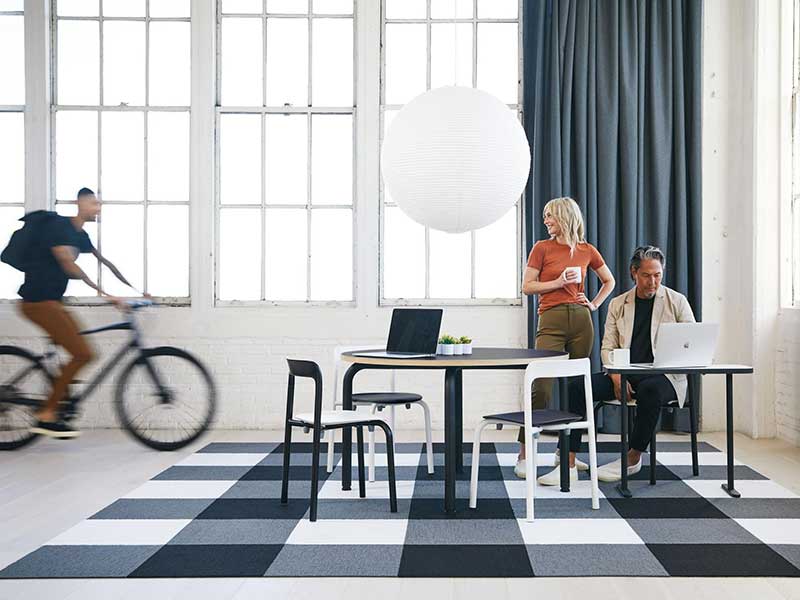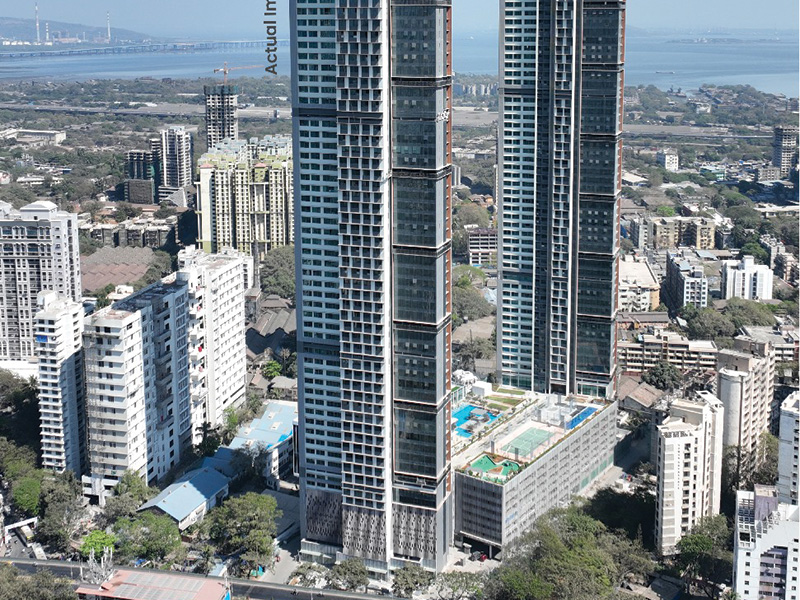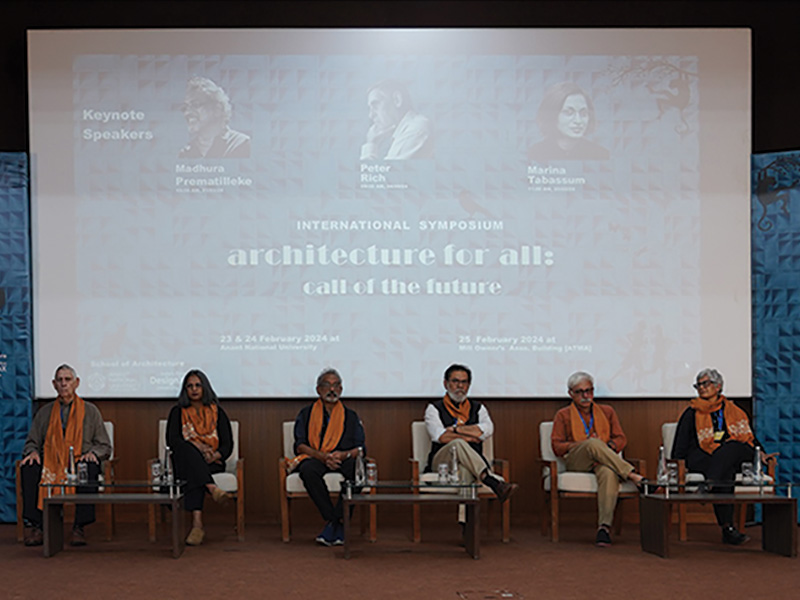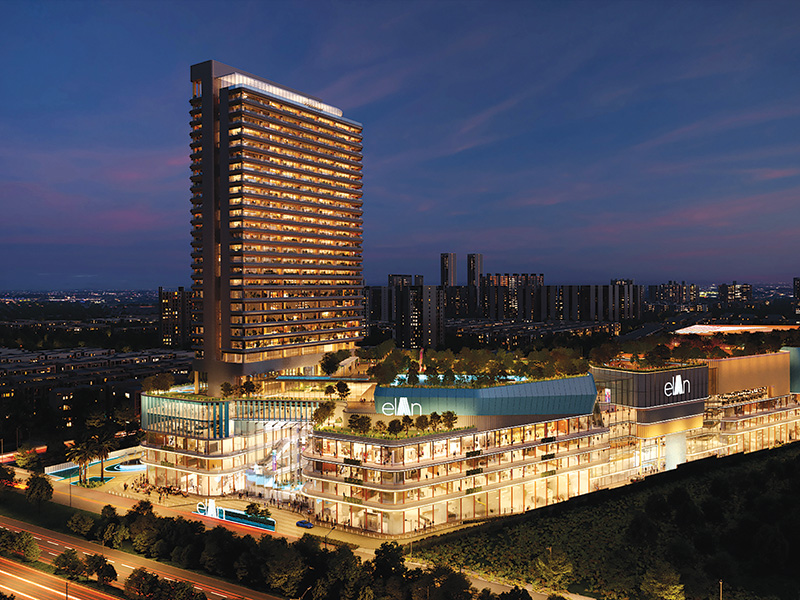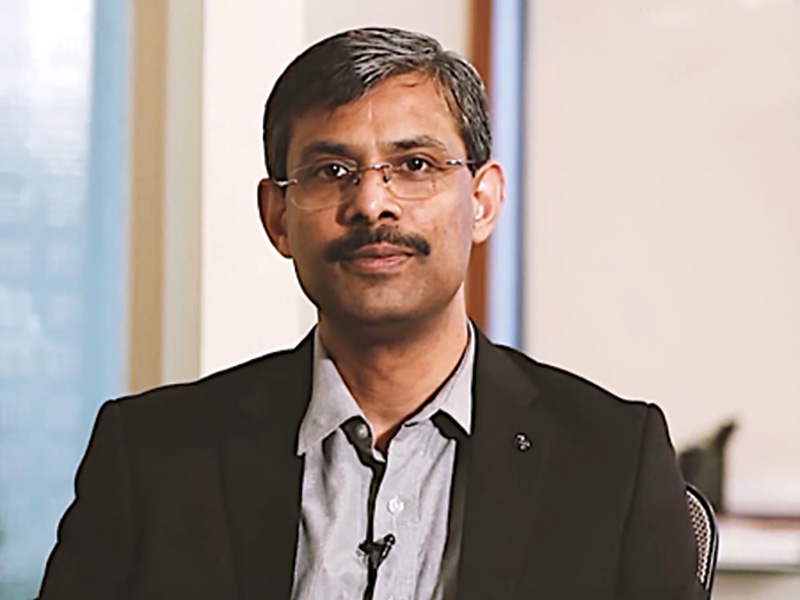
This achievement marks the company’s substantial R&D towards achieving Net Zero by 2050. Commented A R Unnikrishnan, Managing Director, Saint-Gobain India - Glass Business, “Building materials of the future need to be low carbon to achieve India’s commitment as a country towards Net Zero by 2070. This product from Saint-Gobain will actively contribute to Light and Sustainable Construction in line with our purpose of decarbonizing the built environment with sustainable products that have a lower embodied carbon footprint.”
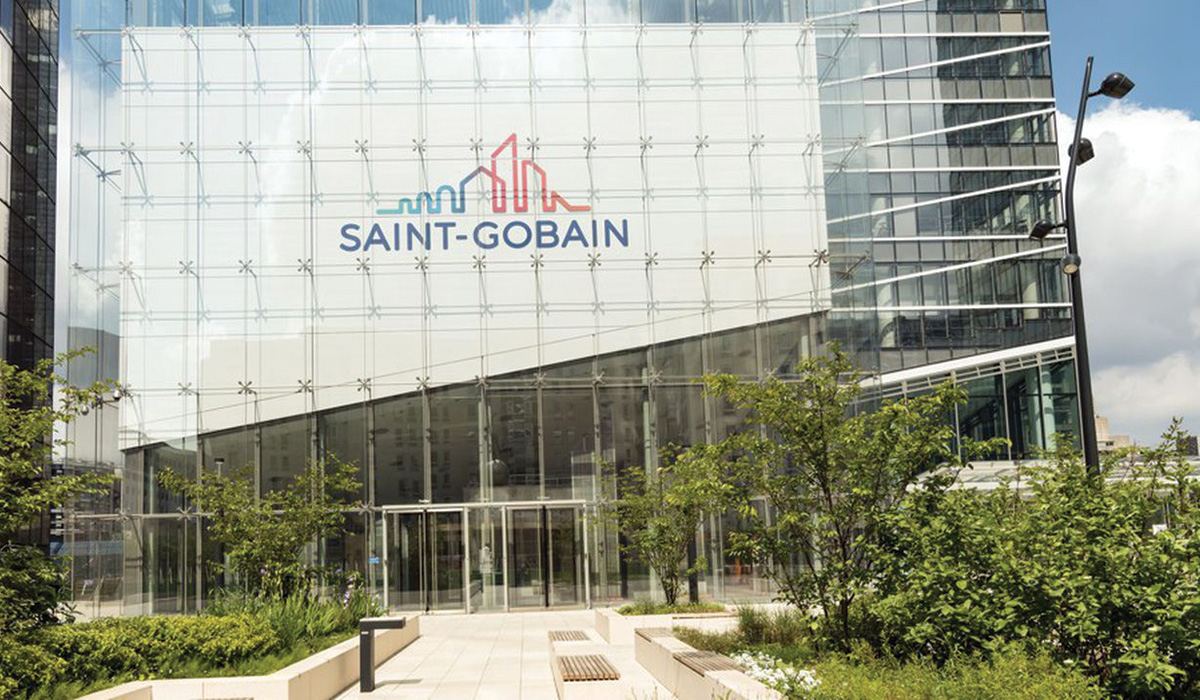
The building industry currently accounts for almost 40% of global greenhouse gas emissions. Saint-Gobain Glass advanced Magnetron coating technology can drastically reduce greenhouse gas emissions caused by artificial cooling and lighting for buildings during the use phase (operational carbon footprint). By associating energy efficiency performance together with lower embodied carbon in glass, one can contribute to a significant reduction in the whole-life carbon footprint of buildings, while continuing to provide the essential benefits of natural light, solar and thermal comfort for the occupants.

